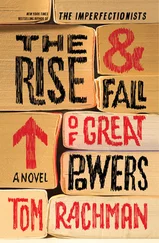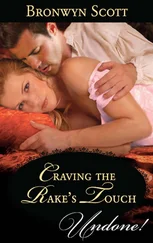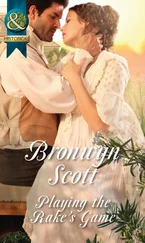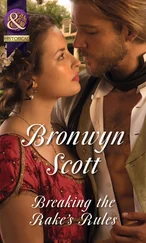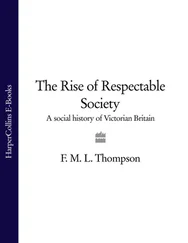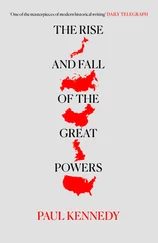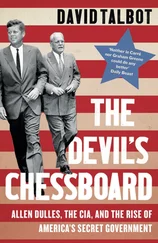The landed elite administered the realm under licence from the king. In normal circumstances, a great nobleman and his gentry allies governed their region both on their own authority as landowners and as crown-appointed officers such as justices of the peace (JPs). Just as Henry VII needed the nobility and gentry to help him govern the shires, so they needed his authority, both personal and legal, to protect them against unscrupulous rivals. It was the breakdown of this reciprocal relationship between monarch and nobility that had triggered the Wars of the Roses. Richard Neville, earl of Warwick (1428–71), dubbed ‘the Kingmaker’, and other supposedly over-mighty subjects had been driven to rebel largely in self-defence – because the weak and, at times, catatonic Henry VI had been incapable of keeping his side of the bargain.
In the long run these rebellious peers did more harm to the nobility than to the monarchy. A combination of natural wastage and the topsy-turvy fortunes of war killed off half of the nobility between the 1440s and 1490s, and left the eventual winner, Henry Tudor, suspicious of noble families and determined to bring them to heel. In consequence he largely excluded noblemen from policy-making, and made their power in the localities more dependent on royal favour. If he encouraged them to attend his court it was not to give counsel but to add much-needed lustre to the new dynasty. His favourite weapon against the nobility, and indeed anyone who was not thought entirely conformable to his rule, was the penal bond: an ancient legal device that enforced good behaviour on pain of severe financial penalties. Most of his noblemen were forced to give one bond or more, and in the case of Prince Henry’s mentor, Lord Mountjoy, this number rose to twenty-three. Thousands of Henry’s subjects, not just noblemen, would be enmeshed this way in the coils of his distrust. It was the king’s desire, admitted one of his most skilled administrators, the London lawyer Edmund Dudley ( c. 1462–1510), ‘to have many persons in his danger at his pleasure’. 15
This is not to suggest that Henry deliberately set out to break the power of the nobility. In an age when almost everybody regarded the social order as a divinely ordained hierarchy this would have been very unwise. Moreover, the nobility was essential to maintaining royal magnificence, managing Parliament, and supplying suitably impressive commanders in time of war. Henry VII and Henry VIII would execute, imprison and otherwise pull down more than one hundred of their leading subjects, but they also built up the power of those noblemen they trusted. Rather than weaken the influence of the peerage, Henry VII’s policies accelerated a process whereby noblemen became more closely tied to the court and their power channelled through the structures of royal government. No Tudor nobleman who wished to dominate the politics of his locality could do so without also acquiring influence on the royal council (the king’s consultative body and principal source of advice) at court. This lack of an independent noble power base was particularly marked in England – a consequence of the exceptionally strong centralisation of the English legal system. A Venetian visitor to Tudor England noted that whereas the greatest of the French nobility were ‘absolute’ in their regions, their English counterparts had ‘few castels or strong places … neither have they jurisdiction over the people’. 16
This shift in the Tudor nobility’s power away from feudal lordship towards royal service and influence at court was linked to cultural changes that affected the landed elite all over Europe in the fifteenth and sixteenth centuries. The hallmark of the nobility and gentry since Norman times had been prowess in arms and an interest in chivalry – and the mounted knight, fighting for God and feudal overlord, had been the ultimate expression of both. It was once thought that the increasing use of infantry, and particularly archers, in the fourteenth century, and of gunpowder weapons in the fifteenth, had rendered the landowner-turned-knight obsolete by the sixteenth century. In fact, it is now clear that heavy cavalry were an important component of most Tudor armies. In what is sometimes regarded as the first ‘modern’ battle on British soil, at Pinkie near Edinburgh in 1547, the English destroyed a large Scottish army by a combination of artillery fire, archery, and the repeated charges of the mounted squirearchy of England.
In the same way that the mounted knight adapted to the age of gunpowder, so the martial cult of chivalry that had emerged in the early Middle Ages continued to exert a strong appeal to the Tudor landed elite. That shrewd businessman William Caxton made a good living, it seems, publishing the Arthurian tales of Sir Thomas Malory ( c. 1405–71), in which valiant knights on mettlesome steeds battled for honour, love and the glory of God. Chivalric romances, and histories full of descriptions of jousts and challenges, were the main secular reading matter of the Tudor nobility and gentry. Regardless of whether a gentleman had ever swung a sword in battle – and most had not – he was usually anxious to prove his descent from some hero of the Crusades or the Hundred Years War, and to emblazon his house, his parish church and his tomb with his family coat of arms. Henry VII’s lawyer-administrator Edmund Dudley – a man who seemingly had little connection to the world of the knightly warrior – still reckoned himself and his fellow gentlemen part of ‘the chivalry’: a term he used to distinguish the landed elite from ‘the commonalty’. 17Henry himself valued the chivalric tradition as a prop to royal dignity, using admission to the Order of the Garter – England’s highest and most exclusive chivalric order – to flatter and impress (or so he hoped) both his own noblemen and foreign princes. There would be revivals in chivalric culture under Henry VIII, Elizabeth I and Charles I; and the knightly tournament – jousting on horseback with couched lances and full armour – would remain a part of court festivities until the 1620s.
But though most early Tudor noblemen would regard themselves as ‘fighting lords’, and the recreations, literary tastes and accoutrements of the aristocracy retained a strongly martial flavour, the daily interests of ordinary gentlemen often centred more upon civilian pursuits such as local administration and estate management. The qualities associated with gentlemanly status were also given a more civilised gloss through repeated contact from the early fifteenth century with ideas and men inspired by the Italian Renaissance. At the heart of this cultural revolution was a renewed engagement with the works of classical literature, and with it a turning away from theology towards the more secular preoccupations of the ancient Greeks and Romans. Renaissance scholars by no means rejected Christianity or the Church. Indeed, some were themselves clerics, who devoted themselves to textual analysis of the Bible and the writings of the Church Fathers. But many of the greatest figures associated with the Renaissance, from Dante (1265–1321) onwards, tended to focus on the world of human affairs – hence the contemporary term for their scholarship, the studia humanitatis (or Humanism as it was labelled in the nineteenth century). By recovering Cicero and other classical authors in their original purity, and extolling their insights as a fount of political wisdom, humanist scholars were convinced that they could transform European society for the better. The practical applications of their learning – that is, as a manual for Renaissance statecraft – certainly proved popular with elites across Europe, so that by 1600 the politic arts and other ‘civil knowledge’ were considered just as essential for a gentleman as horsemanship and the punctilio of the code duello (another Italian import that served to distinguish men of rank). A clear sign of this shift in cultural values at the top of English society would be the rising number of sons from noble and gentry families who were sent to Oxford and Cambridge universities from the mid-sixteenth century. A military elite was also becoming a learned elite, the civic–legal mentality gradually replacing the chivalric.
Читать дальше

